The National Industrial Training Authority (NITA) in Kenya assesses occupational skills and awards certificates, including Government Trade Test Certificates. NITA’s trade testing evaluates an artisan’s or apprentice’s skills in a specific trade area. The testing process includes:
- Test guidelines: A curriculum is designed to create a test paper for a specific trade.
- Test paper: The test paper includes a technical drawing that details what the candidate should produce.
- Testing centers: NITA has accredited over 500 institutions and workplaces as testing centers.
A trade test certificate is a valuable credential that demonstrates a candidate’s practical skills and expertise in a specific trade. Employers often prioritize candidates with this qualification.
NITA Grading system for Trade Test
For anyone preparing for a National Industrial Training Authority (NITA) trade test, it’s important to understand the grading system. Marks are awarded based on the level of competency demonstrated during the test. To pass, you must achieve at least 70%. Anyone who scores 70% or higher is considered COMPETENT, while those who fall below this threshold are marked as NOT YET COMPETENT.
The assessment is split between practical and written tests, with the specific allocation of marks for each determined by your grade level. You can refer to on the next section of this article which outlines the distribution of marks for both test types (practical, and Oral & Written Test).
This system ensures a clear benchmark for success, offering clarity for candidates aiming to meet industry standards through the NITA trade tests. For more information visit NITA’s official website.
Distribution of Marks for Trade test
The marks distribution for the trade tests is divided between a Practical Test and an Oral and Written Test, with different percentages assigned depending on the level of the qualification.
For TT Grade III, the distribution is 90% for practical tests and 10% for oral and written tests. The entry requirements include completing Level 1 or presenting a Certificate of Experiential Learning from the KNQA (Kenya National Qualifications Authority).
At the TT Grade II level, the practical test accounts for 85%, while the oral and written test makes up 15%. A candidate must have completed Grade III and accumulated at least two years of relevant industrial experience.
For TT Grade I, the practical test is 80%, and the theoretical test accounts for 20%. To qualify, candidates must have completed TT Grade II and gained three years of relevant industrial experience, or they may present a Certificate of Experiential Learning from KNQA.
Master Craftsperson III and Master Craftsperson II, the practical tests for these levels are marked at 75% and 70%, respectively, with the remaining percentage allocated to oral and written tests. These tests require additional years of industrial experience after completing the previous grades.
The highest qualifications are Master Craftsperson I and Professional Master Craftsperson, which focus more on theoretical knowledge, with 60% and 50% allocated to practical tests and 40% and 50% for oral and written components.
These tests are structured to progressively assess both the practical capabilities and theoretical understanding necessary for each trade level, ensuring that candidates meet the industry’s competency standards.

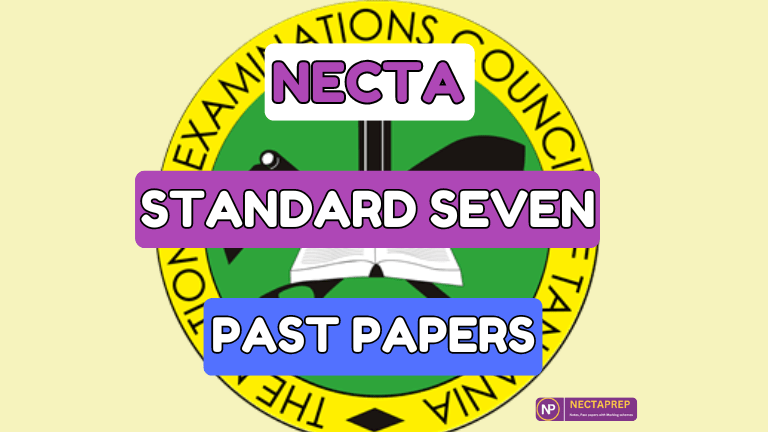



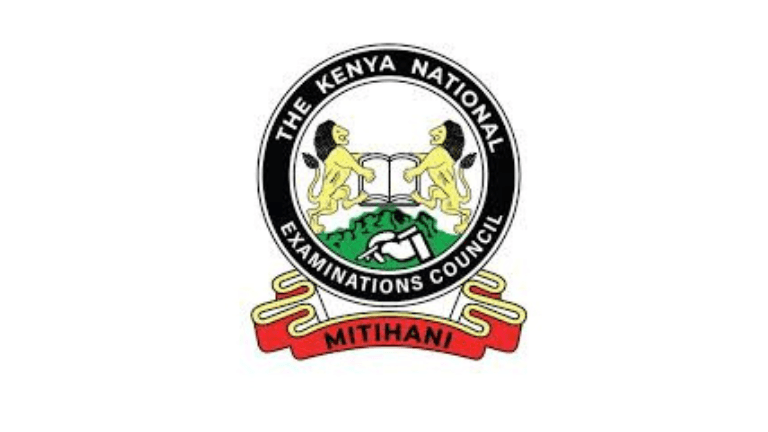
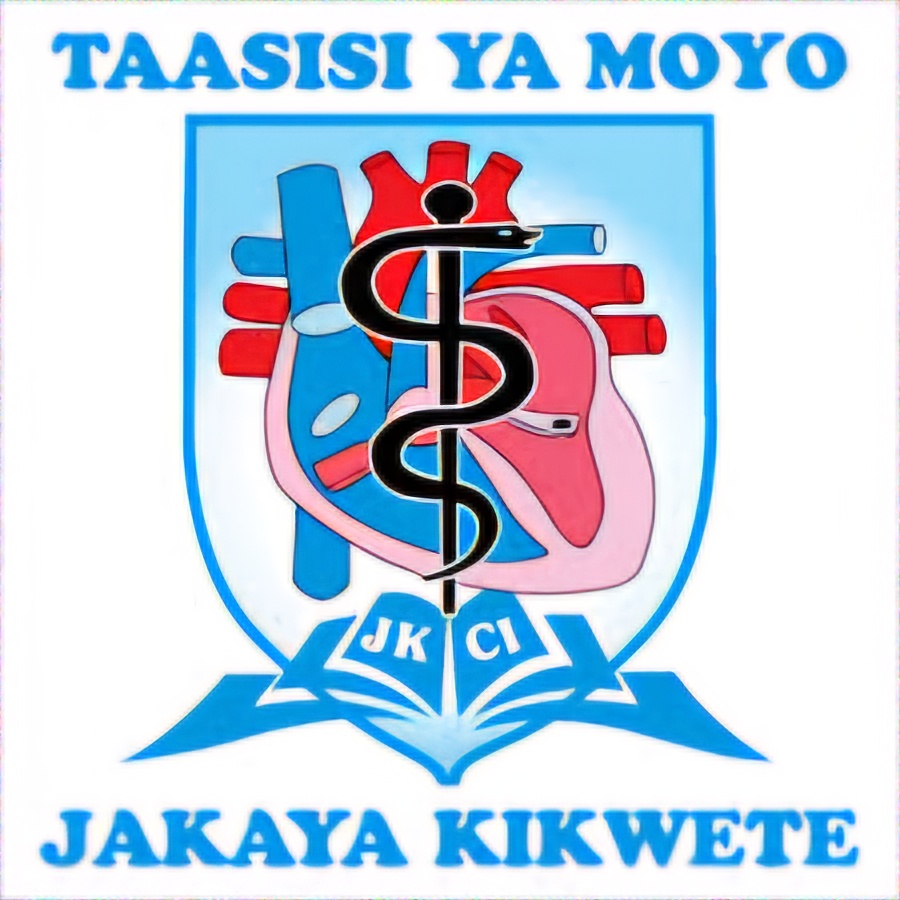

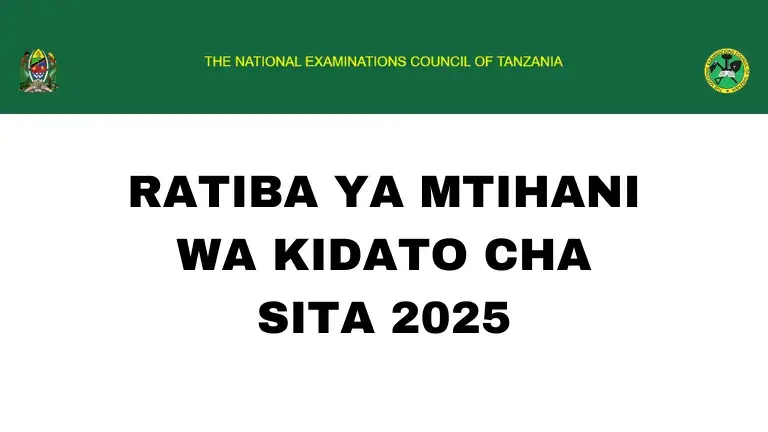
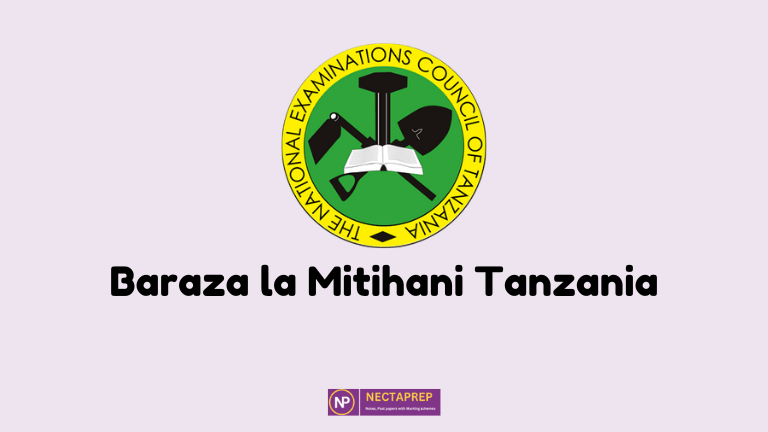


Leave a Reply